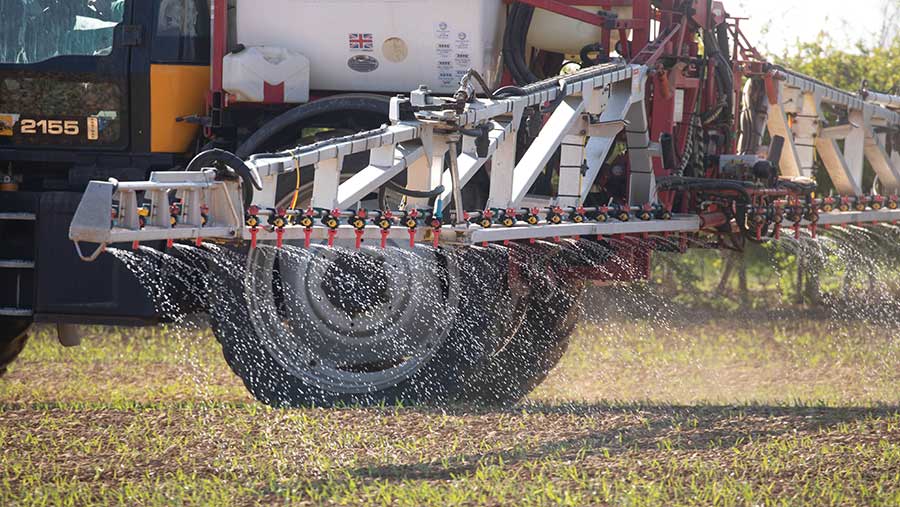Fertiliser traders left out of pocket from spring price fall
 © Tim Scrivener
© Tim Scrivener Several traders that had paid high prices to secure large quantities of fertiliser for the UK market in 2022 were left with excess stock.
Lacklustre demand from farmers for fertiliser products in the spring resulted in lower prices than the industry had anticipated, leading to losses for traders, with product having to be sold below the cost of purchase.
Prices on wholesale markets have reportedly picked up since low points in June, in line with energy prices and stronger global demand due to it being more affordable.
See also: Falling fertiliser markets drop as global gas prices fall
Wynnstay’s interim accounts showed that the sharp reversal in prices meant its fertiliser business, Glasson, was left with a £1.5m one-off adverse stock realisation.
Several other fertiliser importers are also expected to have taken a hit.
In 2022, the war in Ukraine meant traditional sources of fertiliser products from eastern Europe and the Black Sea region were no longer as readily available to the UK market, so the industry had to adapt to find new markets.
Expanded importing facilities have allowed the UK to access new supplies of fertilisers from some of the lowest-cost producers in the world such as the Americas and the Middle East, even though this has come with added risk.
Fertiliser manufacturer and importer Brineflow invested significantly in a deep-water terminal in Sunderland to accommodate larger fertiliser vessels, which were previously unable to reach the UK market.
Brineflow chairman John Fuller said “The industry stood up and made sure that every tonne farmers were contracted with was supplied, and this time last year that was by no means certain.
“The industry can be proud that it was able to supply fertilisers, which are the lifeblood of the food chain. But most will be disappointed to an extent by the end-of-season impairments caused by a return to normal pricing.”
